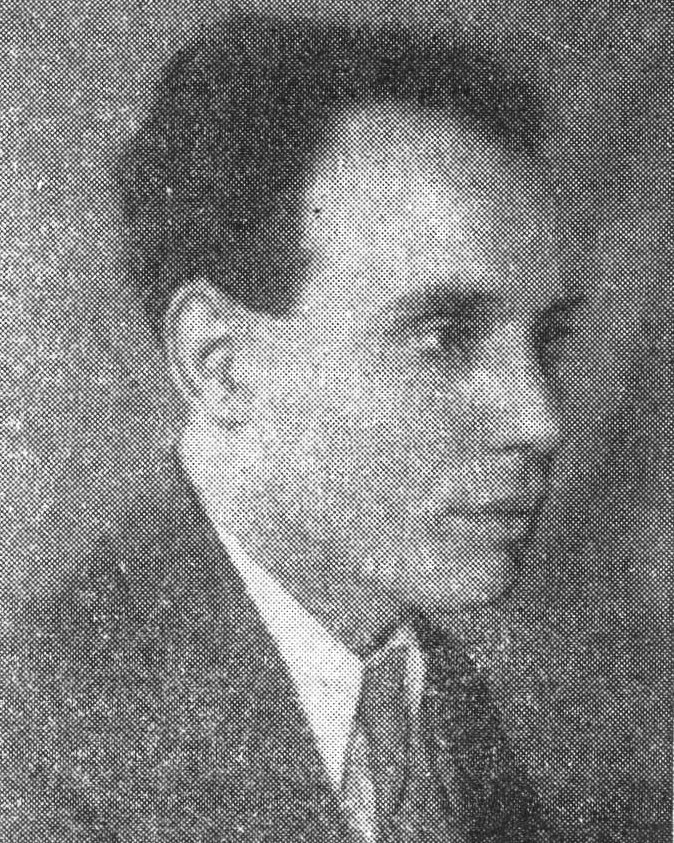Faïbich-Schraga ZARFIN
January 4, 2019Fiszel ZBER
January 4, 2019Madim ZARUDINSKY
NOVOROSSIYSK (RUSSIA) 1902 – PARIS 1942
Madim Zarudinsky grew up in a humble family. His father worked at a slaughterhouse. Madim studied at the heder and then at a high school in a neighboring town. He tried hard to deepen his knowledge of Yiddish, Hebrew, and Russian. He joined the Zionist movement Halutzik, started to paint regularly and exhibited his work in private places. In 1920, he left Russia and decided to go to Palestine with a group of pioneers. After many peregrinations, he arrived in Palestine in 1921 and studied in Bezalel art school under the professor Boris Schatz. Madim was a Haloutz. He worked the land, dried out swamps and broke stones. He participated in the creation of the State of Israel, about which he was very hopeful.
In 1925, he decided to visit Paris. Together with the painter Yehuda Cohen, they went to France via Italy and stayed in Florence for a few months. In 1926, they arrived in Paris, enrolled in the Ecole des Beaux-Arts and visited the museums. Zarudinsky exhibited his work at the Nivo gallery, a gallery in Paris that was interested in the artists from Bezalel. The exhibition of his works was a resounding success. He very rarely signed his paintings. In Paris, he got married and had a child. In 1940, he ran away from racial laws and took refuge for three months in Paillot in the Charente-Maritime region, where he continued to draw. In September 1940, he returned to Paris with his family and died on July 22, 1942.
Stories of Jewish Artists of the School of Paris 1905-1939
FRENCH-ENGLISH
Capitale des arts, le Paris des années 1905-1939 attire les artistes du monde entier. De cette période de foisonnement, un terme est resté, celui d'Ecole de Paris, qui recouvre une grande diversité d'expression artistique. Dans ce brassage dont Montparnasse est le creuset, un groupe se distingue : celui des artistes juifs venus de Russie, de Pologne et d'Europe centrale. Si leurs styles sont variés, un destin commun les rassemble : ils fuient l'antisémitisme de leur pays d'origine. Certains ont connu la célébrité dès les années 1920, tels Soutine, Lipchitz ou Chagall. D'autres n'ont pas eu le temps ou la chance d'y accéder. Près de la moitié a péri dans les camps de concentration nazis.
From 1905 to 1939, Paris attracted artists from all over the globe as the capital of the art world. This period of artistic proliferation became known as the School of Paris, and includes a great diversity of artistic expression. Within the teeming art world centred on Montparnasse, one group set itself apart: Jewish artists from Russia, Poland, and Central Europe. Although their styles were diverse, they shared the common fate of fleeing anti-Semitic persecutions in their home countries. Some became famous in the 1920s, such as Soutine, Lipchitz, and Chagall, while others did not have the time or the luck to gain renown. Nearly half of these artists died in Nazi concentration camps.





